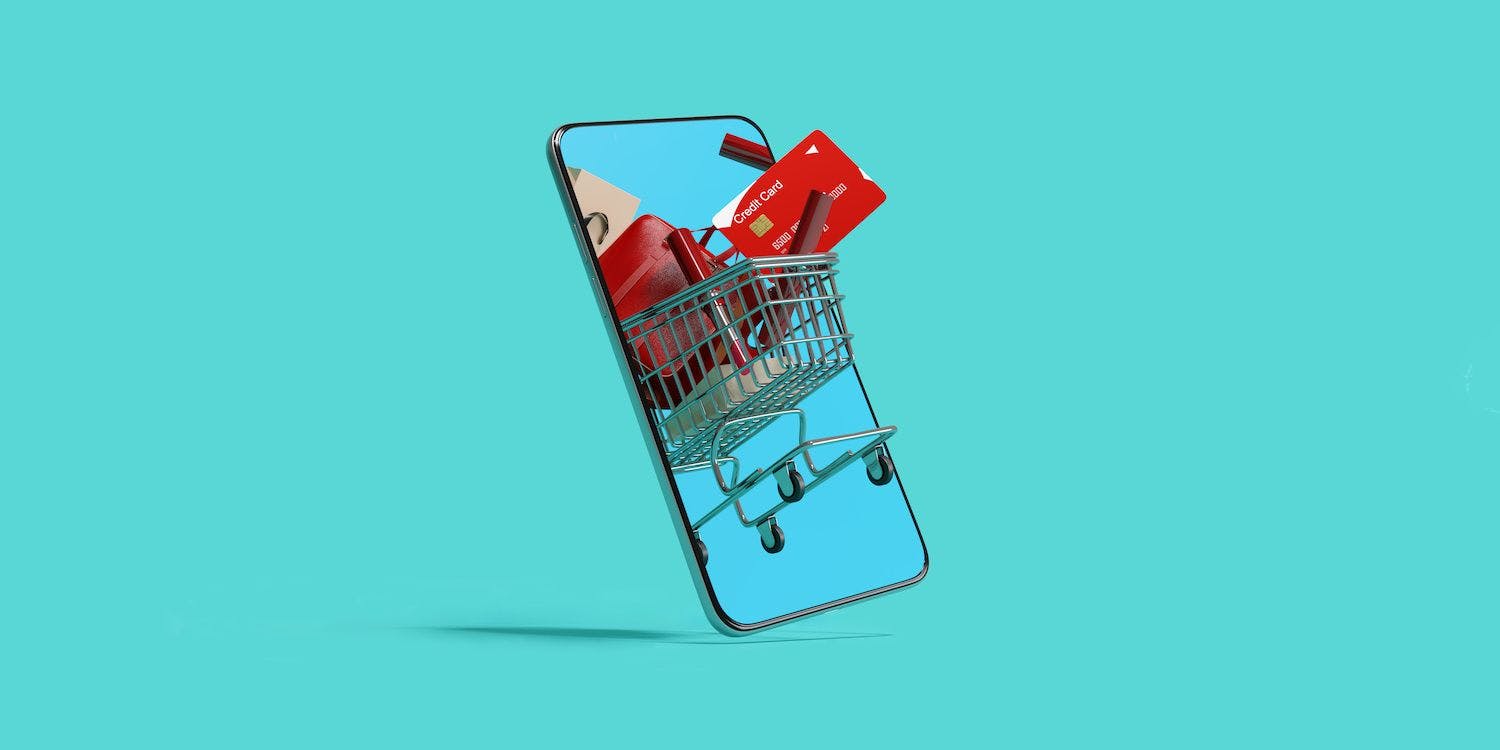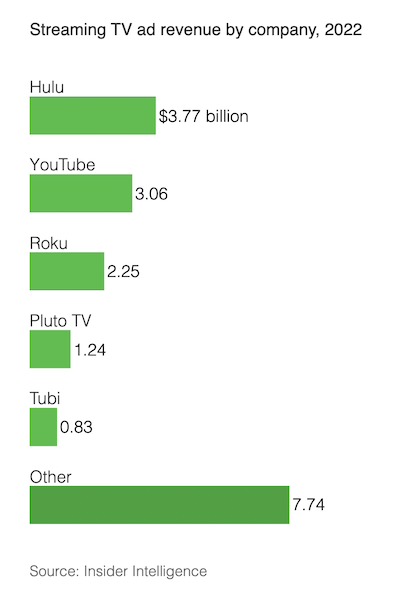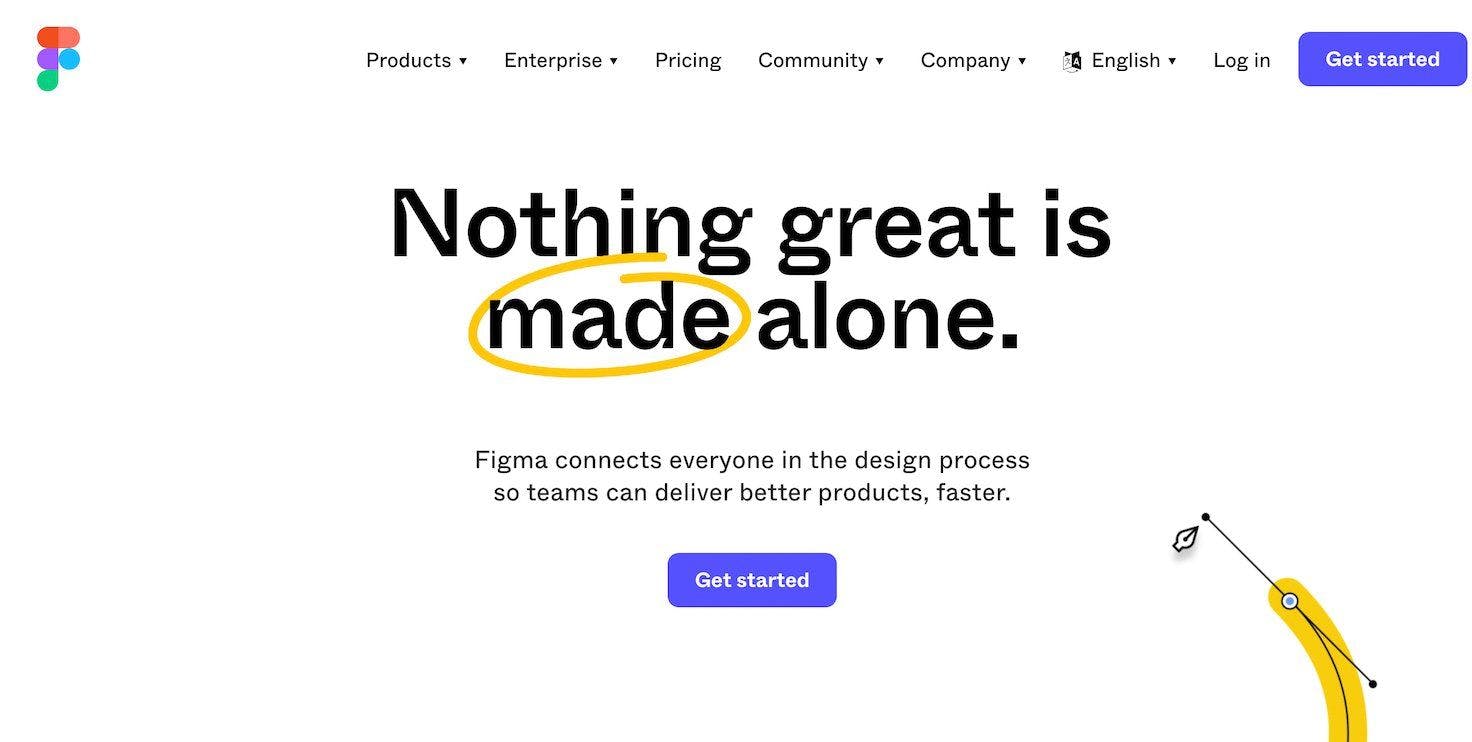The Perfect Storm for Retail

By Adam Kleinberg
The retail industry is getting turned upside down. A confluence of massive shifts are swirling around in the air, and creating a perfect storm that is sure to create massive upheaval over the next couple of years.
Here are some of those trends and their implications:
The Retail Media Explosion meets the Facebook Performance Implosion
At the Digital Ascendant conference in Palo Alto, a room full of the country's top digital marketers, a speaker asked how many people were seeing decreased efficiency in their performance marketing. Literally, everyone in the room raised their hands.
This is coming as impending economic headwinds are causing brands to shift their focus from brand building to performance to ride out the turbulent economy.
Facebook has all but walked away from a direct response monopoly. For years, they have been the go-to channel for driving e-commerce performance marketing. It simply worked far better than anything else out there for finding and converting new customers. Today, they are reeling from a combination of IDFA tracking limitations, self-imposed targeting restrictions and a massive bet on the metaverse.
Retailers are sharpening their knives. Almost every major holder of customer data out there—Amazon, Walmart, Instacart, Home Depot, Macy's, Walgreens, CVS, even Marriott—the list goes on and on—are putting their customer data up for sale. According to Traction consultant, Babs Rangaiah, the former VP of Global Communication at Unilever, this is the digital equivalent to paying retailers for trade marketing. "We used to spend as much or more on customer/shopper marketing than we did on advertising."
Unilever spends billions on advertising, so that's a lot. This "tax" will become the cost of doing business.
Many of those retailers are also allowing media buyers to target consumers off-platform through their DSP. I recently asked a question to a sales person from a major retailer. "How can media buyers evaluate which retailer to buy their targeting data from if you're all selling it?"
Her response was basically "I dunno."
So, let's distill this down to implications for marketers.
- Facebook's audience is so massive it will still be a major performance platform, but it will not be as efficient as it was in the past or the only game in town.
- Retailers will have captive audiences on their sites, but they are going to charge you a "tax" — essentially digital end cap fees — to reach them.
- Retailers will sell you commoditized data that will make your programmatic ad buys marginally more effective in the absence of cookies, but that won't change the fact that banner ads are still crap.
- Meanwhile, ad tech is also commoditized. There are a pretty hefty range of programmatic vendors selling undifferentiated product suites. You'll need savvy technical expertise to make intelligent decisions about which partners to use.
The steaming hot mess of Streaming TV.
Hot because it's growing like wildfire. From $4b in 2018 to $20b today.
A mess because, well, let me count the ways.
- You thought digital ads below the fold were a problem? How about TV ads that continue to run on your streaming device after you turn off the TV? Think about that. You watch TV for an hour, go to bed, and your Amazon Fire Stick or whatever doesn't know you shut the TV, so it keeps streaming ads. There doesn't seem to be any estimates on how much wasted money this is for advertisers. The WSJ says millions. Could it be billions?
- Too many ad impressions = wasted impressions. Anyone who watches the Warriors streaming in the Bay Area knows you'll see the same spot run 20, maybe 30 times during a single game sometimes. They ran a Kars for Kids ad last season with that stupid song and I almost threw the TV out the window. There's a reason traditional ad buys are based on reach and frequency. That's a huge waste.
- Fragmentation. Look at this chart from the WSJ's great article on this issue recently. Hulu and YouTube account for almost $7b of that $20b. Netflix will make the list next year. Next comes Roku with $2b. Then comes Pluto TV and Tubi? At a billion each! Who? This is not the mass market. Brands need to make impressions on audiences, not just count them.

- Measurement. It's simply doomed to be inconsistent across platforms. Doomed.
- Affluent consumers will continue to pay for the privilege of skipping ads on streaming channels. They won't be able to avoid them entirely, but you can bet they will do their best to try.
There will, however, be significant growth and innovation in this space as players like Netflix, Disney+ and NBC introduce ads and grow supported streaming models. In a handful of years, the top 10 advertising companies will still include: Facebook, Google, and maybe TikTok; you'll have a few top retailers like Amazon, Walmart and Instacart; and the rest will be streaming companies like Netflix, Hulu, Disney+ and maybe NBCUniversal (Peacock) or Apple.
Netflix just hired Adam Gerber who articulated many of these problems in that WSJ story as their Head of Client Development for Advertising, so you can be sure they are working on improvements.
The net net is that while CTV has problems, it's going to become an increasingly powerful and effective channel for reaching consumers, and an increasingly important part of your marketing mix.
The DTC Revolution
When Amazon started using brands' data to copy their products with house brands, it was inevitable that brands would start trying to figure out how to directly own the relationship with customers. They aren't the only retailer behaving badly. When I go into Safeway and look for McCormick Spices, I see Safeway branded options with similar packaging in the McCormick display rack trying to trick consumers into buying the house brand.
I remember seeing the inspiring Kara Goldin, founder of Hint Water , speak at a conference a few years ago about their focus on e-commerce. I have met Kara and have incredible respect for her, but I have to admit I said to myself, "This woman is crazy. There's no way people are going to pay for water to be shipped to their houses."
Today, my wife has three cases of Hint delivered to the house every month. Kudos, Kara.
We also get Guayaki Yerba Mate, New Balance Shoes, even Duke's mayonnaise as DTC consumers.
We are far from alone. Brands are making increasing investments in providing amazing CX to their customers so they can own the relationship with them. If the choice is to pay Google for customers, pay retailers digital slotting fees, or invest in CTV to attract new audiences, they want to do their damnedest to make those repeat customers. And if Nike is going to put dollars into CTV, they sure as heck aren't driving them to Foot Locker like in days of old—they are going to send them to their Nike.com .
Repeat customers not only buy more frequently, they tend to have higher basket size and provide more margin. They are golden geese. Whether you are a company that sells your own products—or a lifestyle retailer that sells other companies products and wants to be a preferred destination—you'll need to focus on several areas to drive success.
- Marketers will need websites that are well-designed and do a great job of selling your product . Merchandise as carefully as you would on the shelf. This is the middle of your funnel—where selling happens. Don't squander it.
- Create a value exchange. Give people a reason to engage with your brand on an ongoing basis. If you give people something they care about, they will give you their attention, affinity and loyalty.
- Motivate subscriptions. Take a cue from the software industry—nearly every brand on the market has shifted from selling "boxes" to selling subscriptions. Predictable revenue streams have incredible value to your business, so develop a strategy to drive ritual commerce with your customers.
- Orchestrate an omni-channel journey. Consumers don't distinguish which device they are picking up to interact with your brand—they just encounter you through screens throughout their day and want what they want when they want it, Figure out how to enhance their lives, not become a nuisance, If you email them every two days with offers, they will very quickly learn to ignore your outreach and you will very quickly experience diminishing returns.
Behold, the Metaverse!
Relax, I'm kidding. The reality is that you can spend 2023 completely ignoring the Metaverse and you likely won't hurt your brand one iota. Web3 is a loosely defined catchall term that encompasses a range of technologies from virtual wolds to augment reality to generative AI to blockchain, crypto, NFTs and DAOs.
Don't simply catch a case of Shiny Object Syndrome. Decentraland, a billion dollar virtual world, was reported to have 38 active users one day recently. Crypto-exchange FTX just imploded and took $2.2 billion in funding down the toilet with it. Lowe's just released 1,000 wearable NFTs of products to builders so that builders can... be guinea pigs as they learn what no one gives a crap about?
But what if Lowe's actually had solved a real problem? For example, last year my dishwasher got filled with gunk. I had to watch a bunch of YouTube videos with awkward angles of dishwasher repair guys working on models that weren't exactly like mine.
What if Lowe's had a virtual or augmented reality experience that climbed into a my dishwasher and showed me exactly how to un-gunkify that? Innovation like that could revolutionize customer support and create lasting competitive differentiation.
Emerging technologies exist today. What doesn't are the use cases that unlock the power of web3. Brands that tap into that power will gain competitive differentiation for years to come. Traction has launched The Futureproof Project to help brands help one another navigate this coming wave. It will be an invite-only community of important brands, exclusive content and valuable curriculum (in the form of seminars and design thinking workshops). If you're a senior brand marketer and interested in becoming part of this community, please email us at futureproof@tractionco.com to request an invite.
So, yeah. A perfect storm. Retail is going to transform. The turbulent economy will accelarate that transition. If you'd like to learn more about how our marketing accelerator can help you keep pace with change, drop us a line.

Last week, Traction held the inaugural meeting of The Futureproof Project.

Adweek interviewed Traction CEO recently about the challenges B-to-B marketers are facing in 2023 and how they can overcome them.

Adobe just paid an eye-popping $20 billion for Figma, a company some people are hardly familiar with. Many may be scratching their heads, wondering ‘WTF?’
